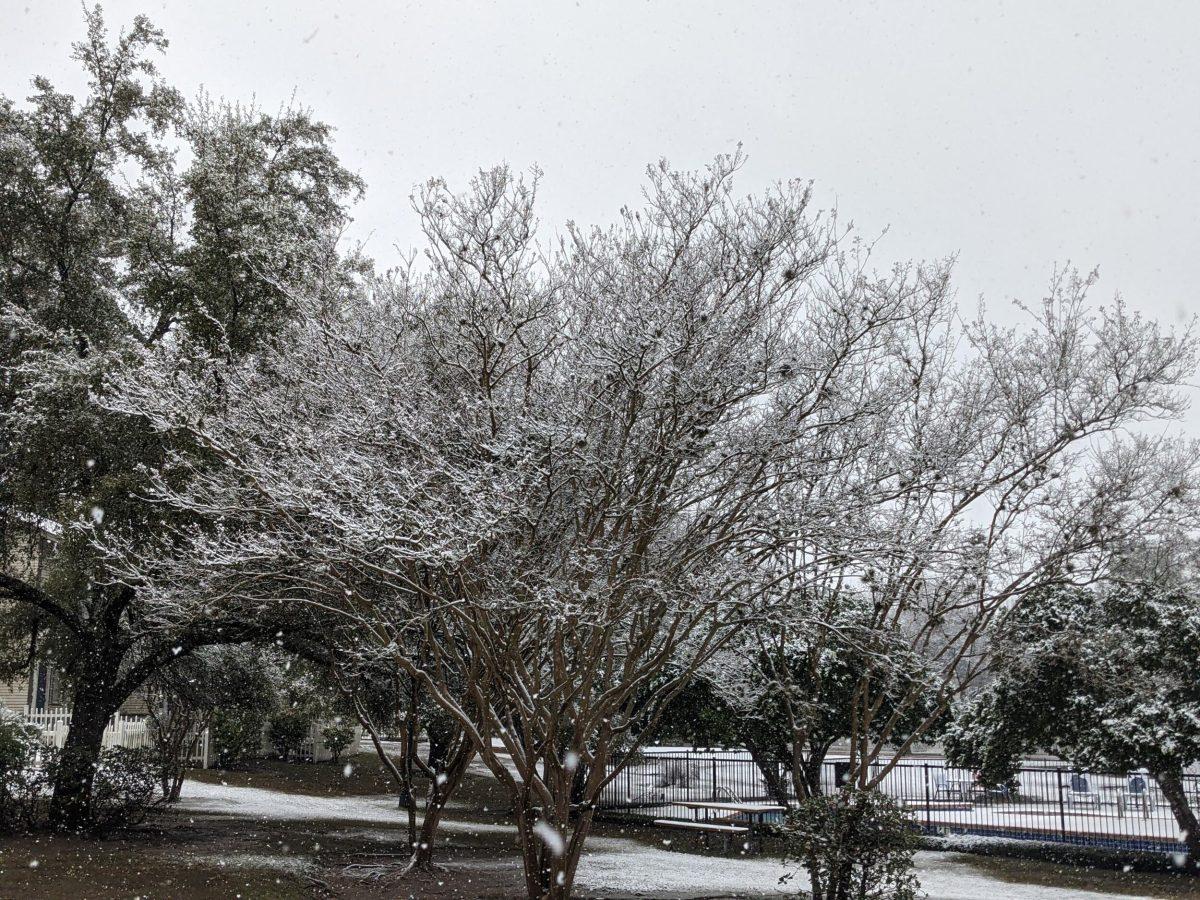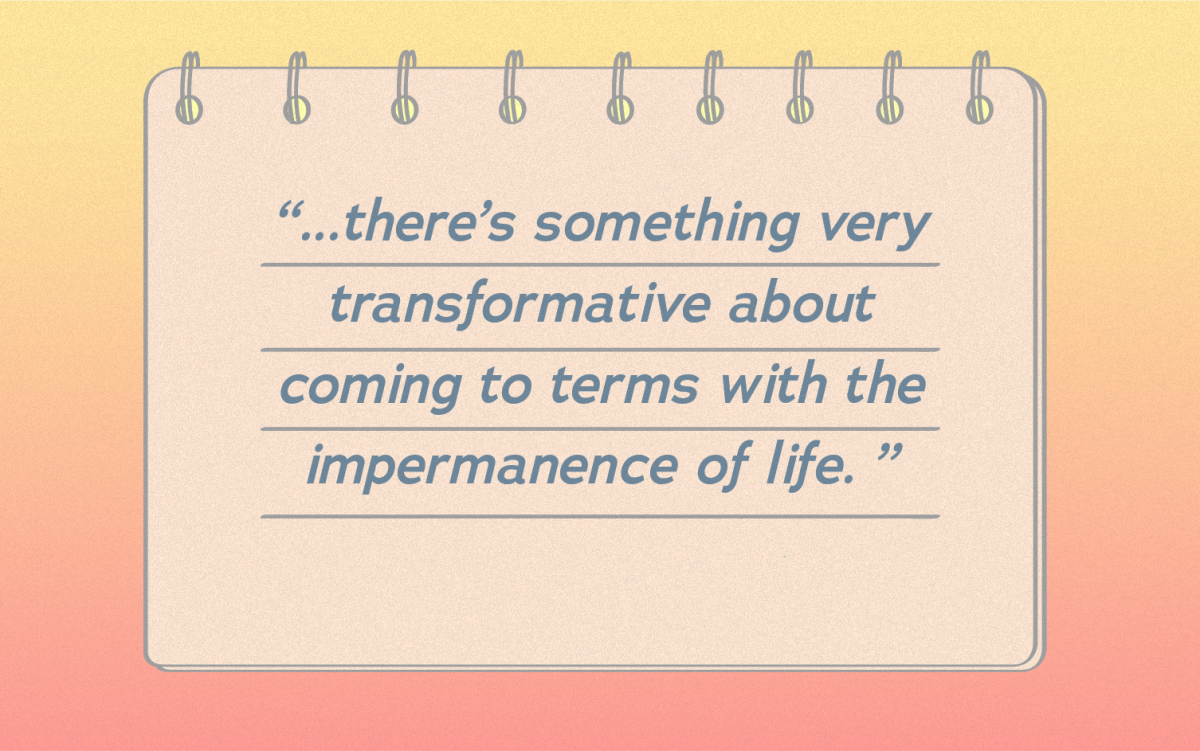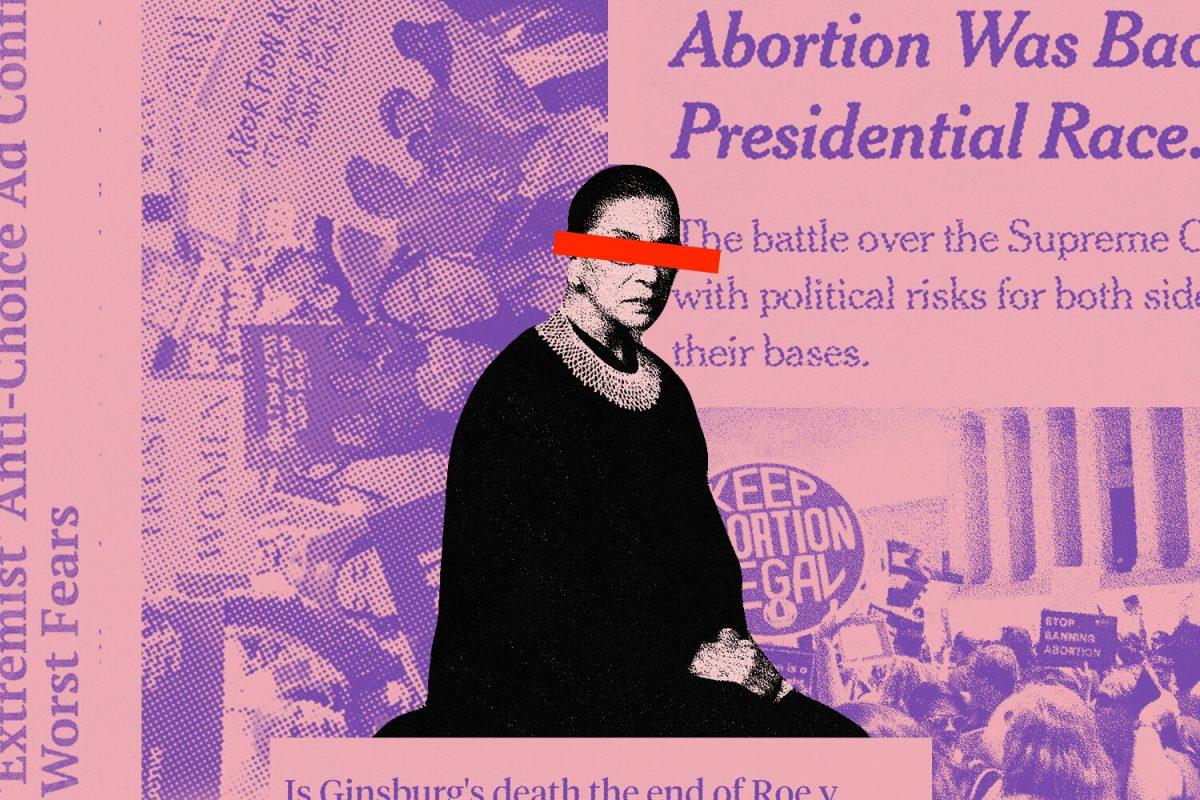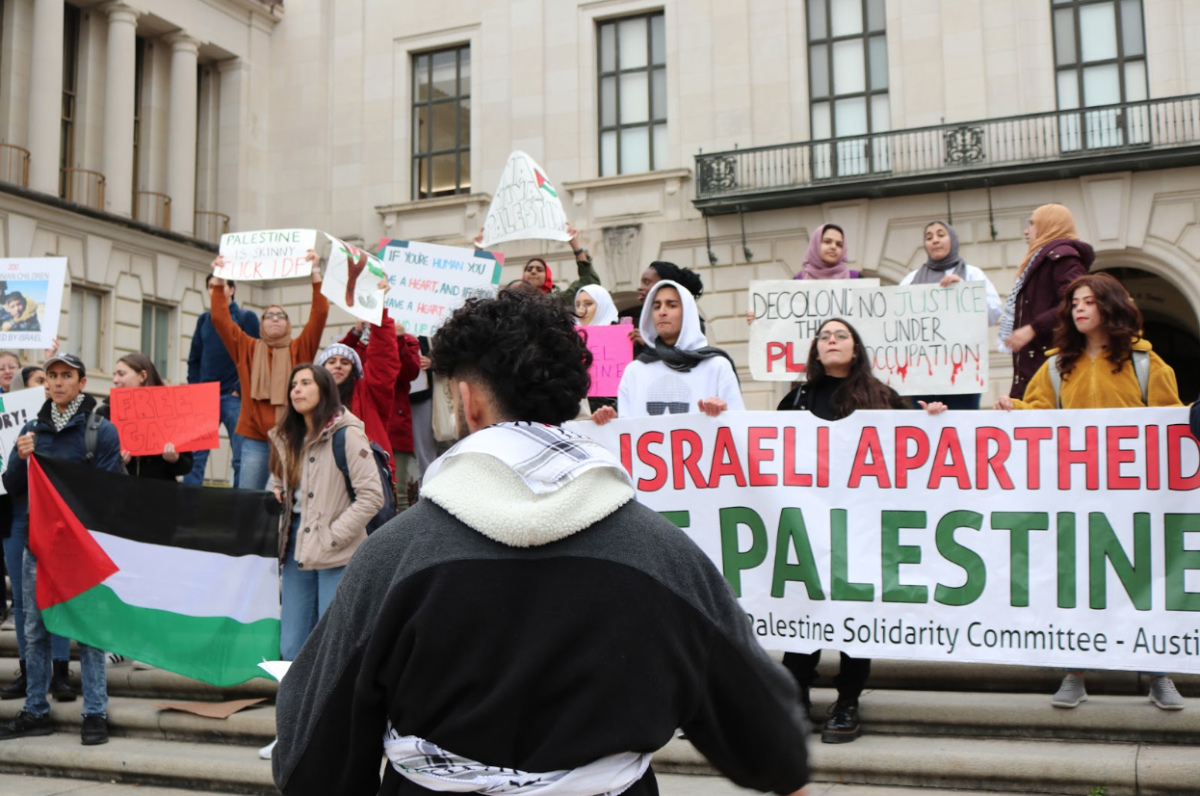I didn’t see anything at first. I had been resting the entire weight of my body on the railing overlooking the bottom floor of The Mohawk, right above the stage. All of us lined up against the metal barrier — delirious and drooping in exhaustion — had become friends over the past couple of hours waiting to see Tyler, the Creator. We had stood there guarding our spots, sharing South by stories (who saw what band, which celebrity took a picture with who, etc.), exchanging phones and numbers, taking turns to go to the restroom, buy drinks and eat hot dogs. I was tired — already on my SXSW Day 6 — and I was hardly paying attention to the band anymore. I looked out onto the street. Mindlessly.
By Jane Claire Hervey
The guy to the left of me nudged me hard.
“Hey, I think something happened out there.”
He pointed to the bulk of people outside of The Mohawk. A line of people with hands on their heads, eyes closed, frozen in time. Suddenly, as if someone had pressed play, people were scrambling around, cell phones clutched to their ears. Two girls grabbed each other crying.
“Something really bad just happened,” he said.
I could feel it. Something bad had just happened. People carried other people toward the southern end of the road, nearer to 9th Street. My eyes followed a man who held a girl tightly to his chest. He walked with her toward the sidewalk, her hair falling over the crest of his arm, waving back and forth to match the quick speed of his pace. They sat down next to a girl who appeared to be crying, her head in between her legs, hair obscuring her face, but the familiar rock of a sob shaking her body, visible from where I stood. As real as it all looked, I was confused.
“I’m going to go check it out,” he said.
My heart beat quickly, I’m sure, but it felt slow. Everything felt slow. I looked to the people next to me, and we were all concerned. We were now a line of the same stoic, expressionless, yet bewildered faces. The band continued on and the people on the top and bottom floors hadn’t seen anything yet, because they weren’t facing the street. However, a couple of people that had lined up on the stairs that led up to the balcony were now facing the scene, hovering their cameras above whatever had happened outside, glued to the catastrophe.
“A policeman just f—king ran through a group of people,” he said when he returned from the other side of the balcony. He was breathless and frightened. I was, too.
Obviously, we would find out later that this was not true. A cop car had only been chasing the car that had ran through the crowd — a drunk driver — but we would not know this for about another 30 minutes. Multiple people who had been on a different section of the balcony facing the street attempted to piece the story together for us, and I rocked back and forth on the railing. Eyes wide. Unable to say much. Still looking out at the street and the blood and the bodies.
“This just doesn’t feel right. They need to stop the show,” the guy to the right of me said. And I knew it took a lot for him to say that. He had been waiting right along with us for four hours, and this was the only show he had really wanted to see. He readjusted the collar on his black jacket, nervously, and shook his head back and forth. “They gotta cancel the show. I can’t watch a show like this.”
We started talking about who we should tell, but there were too many people packed down below for the show, and we didn’t want to cause a scene. We knew that alerting everyone would only send those inside Mohawk into a panic and possibly outside, which would negatively contribute to the chaos already going on in the street.
So, we just stood and continued looking at everything, which didn’t feel right, either.
I tried to keep my attention focused on the show and let the incident outside continue without what felt to be my nosy interference, as if not looking at it might make it better, or justify the fact that I was not outside helping. There was really nothing I could do from where I was. I had seen so many people using their phones that I knew someone had already alerted the authorities, but I figured it would take them some time to get there, with all of the traffic, pedestrian congestion and road barriers. Watching the mosh pits below felt morbid. The crowd screamed and raved, ebbing with each push and slam of body against body. The heavy metal music added to my confusion, much like a movie soundtrack, and I was disgusted.
Unable to watch anymore, I again stood and looked back out at everything, which still didn’t feel right.
For about two minutes, I watched someone crouch over a body laid out on the street, performing CPR. I don’t know why I stared. Numb. Everyone around me whispered, and I’m not sure if I even spoke. “What should we do, what should we do, what should we do,” buzzed around. People began to gather on our railing — what they say about train wrecks is true — and the story was retold and retold. Calls were made, texts were sent, and the frantic social media posts began.
It occurred to me, at this point, that my friends had texted me that they were planning to come to Tyler’s show. I panicked. Had they been out there? I grabbed my phone out of my purse and pushed the home screen button. Blank, black screen. It had died. I pushed the thoughts of my friends being involved in the accident out of my mind, because I think it was just too much to handle at the time. I focused on the people around me.
People were still coming and going from our post above the stage, standing closely behind us, craning their necks around our heads until we finally moved or acknowledged their presence with a brief summary of what had happened. They would look out for a while, and the same stoic look would cross their faces before they returned to their friends in the venue. After about 15 minutes, or what had felt like 15 minutes, the first ambulance showed up. The lights got the attention of all on the second floor of The Mohawk, and the mood shifted. People looked out toward the street. The band could tell something was wrong from the stage by the shifty glances and body language from the audience above.
Someone was still performing CPR on the body in the street.
I could see it in the lead singer’s face. She kept looking up in the balcony, and she must have felt it, as performers do, that the crowd — the crowd that had once been so enraptured by her — was no longer watching.
I couldn’t believe that this had happened. It felt like a movie, and we all had this shared anxiety, but we could only wait. More and more bodies were carried toward the ambulance. Another one arrived. Soon, police cars and officers on bikes crowded the street.
People still carried people. People’s hands were still on their heads. Drunken concertgoers stumbled by, and I watched the looks on their faces — ignorantly happy to horrified. They would stop on the sidewalk across from the hit and run and they would just watch until someone would come along and tell them to move, or they would start running. Officers tried to construct barricades to keep the flow of human traffic out, but some people wandered in anyways. Only a couple of people who somehow ended up inside the barrier immediately began to help. Although I can’t be sure, I’m positive strangers helped strangers. Strangers held each other. Strangers cried into each other’s shoulders.
The show finally ended and those on the floor of The Mohawk were still oblivious. The venue’s stage manager took to the microphone and let the crowd know that an accident had happened outside, and he encouraged people to stay and avoid the street. Someone yelled, “I just want to see Tyler!” I was filled with rage, but I reminded myself that they had no idea.
I was still standing in the same spot looking out at the scene on the street. The people on the floor began to form huddles within their friend circles, possibly discussing what may have happened outside. Within two to three minutes, the stage manager returned to the stage to say that Tyler’s show had been cancelled, a tragic accident had happened and everyone needed to exit through the backstage door. Some of those that had been on the floor didn’t believe him at first and screamed and booed. “I’m being serious,” he said into the mic. And the crowd hushed, condemning those who had booed, understanding that this was real and something bad had happened.
This part feels somewhat blurry. In a line of moving feet, I filed down the staircase, through the floor of the venue and out of the back door of the stage onto the street. Policemen stood making a barrier with their bicycles, and I think they held hands, but I was walking too fast to be certain. I had my eyes focused in front of me, unwilling to see any more of the wreck I had seen from inside, but an angry voice, louder than the sirens and the gossiping roar of concerned people, pulled my eyes toward the barricades. I stopped.
“I’m with the Austin-American Statesman!” a tall man yelled in the officer’s face. Shouting, he attempted to explain that his photo team was on the other side of the barrier and that he needed to get in, because this was his job. This was his story! The officers shook their heads no and said that the accident was the scene of a crime — a tragedy. He continued to yell, but I kept walking, shaken now by what I had seen (the intensity and reality of the accident had set in now that I wasn’t an onlooker from above) and I rushed down the street in the direction of my parked car, anxious to get to my charger, turn on my phone and call my friends to make sure they were okay.
It did not feel like long before I was opening my car door. Luckily, my phone turned on quickly and all of my friends answered on the first ring. That’s when I started to cry — they were okay.
I did not process anything until a couple of days later. Obviously, the accident was on every news outlet and social media platform. I couldn’t avoid it. Over the next 48 hours, I learned the truth about what had happened, how many people had died, how many had been injured and how the driver had been caught. It was weird to look at the photos and read the words describing that night; tragedy does not translate well onto paper. Although I felt guilty for all of the people who had been hurt, I knew the situation had been out of my control, and there was nothing I could have done to prevent it. Despite this, I was weighed by a sadness throughout the rest of South By, and the continuation of the festival did not feel right.
Regardless, I made it through, and I am so thankful that I was not a part of the accident in a more involved way. The grief felt by those directly involved on the street during the hit and run is in no way comparable to mine; I cannot claim ownership over that kind of sadness, and my prayers go out to them.
For this reason, I did not feel the need to weigh in on social media what I had felt and experienced until now. Nearing two weeks after the incident, I have finally gathered what I would like to say and what I think needs to be learned.
There is no way that we can prevent tragedies like this from happening. We cannot control one individual. I am sure the accident was not premeditated, or at least I would like to hope so, and I doubt the driver wanted to cause any of those deaths or injuries. The proper barriers had been constructed, and police, in their pursuit of the driver, were only doing their job to keep those at South By safe. If anything can be learned from the driver’s actions, I hope that it would be the importance of responsibility and the value of life itself.
However, through all of the images I could hold on to from that night, my mind lingers on the angry, entitled photographer. As a journalist myself, I cannot get over the apparent lack of feeling he showed. I do not feel that objectivity entails a disregard for empathy and respect during times of terror and heartache. The photos those photographers took obviously helped others to understand what had happened that night, and possibly help those not at the scene identify whether their friends had been a part of the accident, but at what cost? At what point are we, as journalists, simply observers? At what point are we justified to yell in officers’ faces for the sake of a story — a story that has not ended yet? At what point do we feel entitled to contribute to the mess, to interject ourselves at a degree that only causes more problems? At what point do we set down our cameras and understand that the feelings of those directly involved outweighs our need to know, our deadlines, our editors? At what point do we step back and hold the story’s characters in our arms, instead of clutching the camera or the pen, attempting to immortalize our subjects?
Many would argue that the story itself necessitates documentation. However, those involved in the accident and present at The Mohawk had already captured the incident with their phones and cameras. I know this, and I believe, in this case, citizen journalism was enough. Just because we can take a better photo does not mean we should.
The photos taken of the accident seemed unreal looking at them online days later. That being said, the story I felt and the story reported seem like two very different ones. For this reason, I have shared what I remember from the event, because I hope it provokes you to see people, not photos, and bodies, not numbers. No matter how accurate the articles written about the accident are, they will never feel quite like the truth. Although the photos appear surreally fake to me (I am not insinuating they actually are — they aren’t), I don’t think what I saw with my own eyes is different from what the photographers saw through their cameras’ lenses. I wonder if they felt what I did. I wonder if that photographer went home and congratulated himself on a job well done.
I have not written this account to call out said photographer or to say that photographing a tragedy is wrong. Everyone makes mistakes, and sometimes we get carried away. We are human, after all. I have written this as a testament to that same humanness, however. I hope we cling to our fellow man in times of unexplainable, unpreventable disaster as humans, rather than reporter to subject. I hope we remember that tragedies are more than stories and people play more than archetypal roles within our narratives. When choosing between professional and personal ethics, I would hope that we all choose wisely.
If it bleeds, it shouldn’t always lead.











































Student Op-ed | U. of Texas | Journalists' Priorities • Apr 4, 2014 at 7:30 pm
[…] In a compelling piece earlier this week for Orange, the online student magazine she helps run at the University of Texas at Austin, Hervey writes publicly for the first time about what she saw — and experienced — firsthand. […]
Instagramming the News: Why Citizen Journalism Might Save Professionals’ Jobs | ORANGE • Mar 31, 2014 at 5:17 pm
[…] (with myself) that would come to fruition later when I published my reflection on the SXSW crash (if you have not read it, feel free to click this link; the rest of this piece will make more sense). Many of the people who commented on my op-ed (they brought excellent points to the table) noted […]
Mike Peterson • Mar 26, 2014 at 2:03 pm
Boy, I hate it when an optimistic, bright young person backs me into the corner and makes me sound like The Old Man, but I’ve been the reporter/photographer at those places and, yes, we’re doing our jobs and our job is important. Now, does it matter to anyone in Boston or Seattle or Miami that some kids got run over someplace in Texas? And does it matter what actually happened, or is rumor combined with official police reports good enough?
First thing you heard was that some policeman had run his car through the crowd and killed a bunch of people. Maybe that was close enough and we didn’t need to know any details. But I don’t think so and I don’t think you do, either.
Look, there are certain jobs where you have to do the job because it matters and you can’t let your emotions interfere with your obligations. One of my reporting jobs involved watching a trauma team attempt to save the life of a tiny infant, and it was bloody and sad and futile, and afterwards — afterwards — they all sagged down as if half the air had been let out of them, and some brushed away tears, but they didn’t do that while there was still a chance for the poor little guy.
Don’t think people don’t have feelings just because they don’t fall apart or run away. In fact, try not to assume you know what people are feeling in the first place — it’ll not only make you a better journalist. It will make you a better person.
Colin Kerrigan • Mar 26, 2014 at 6:05 pm
I agree with Mike.
I happened onto the scene moments after the incident. Instead of turning and running, I reported and photographed. Having been on the scene for other tragedies, I knew I had to keep my calm and tell the story since everyone else was not. It’s our duty as journalists. I knew there were thousands of festival-goers who had no clue this had happened at the time and I thought they should know. I asked questions, got facts and took to Twitter to report. I also had my camera with me so I documented what I saw. Maybe their friend was in the area? Maybe they were walking that way? etc etc.
I wrote about it on my blog since I’ve been getting a lot of questions as to why I decided to document instead of help — http://colinkerrigan.tumblr.com/post/80623626519/ive-been-getting-a-lot-of-people-asking-about
I do agree with you, though, that the Statesman photographer should not have been so intrusive and aggressive. It’s a rule of thumb to respect the police officers and to not interfere with their work. He should have adjusted and worked around the boundary, which I believe he ended up doing.
I just have a question for you…. I see that you have written several lifestyle and entertainment stories, but have you ever had to cover an actual breaking new event? As a journalist, did you do the right thing by walking away from the scene?
-Colin from Philadelphia
utorange • Mar 26, 2014 at 7:04 pm
This is Jane here! I appreciate both of your comments, but would also like to note that I did not make any assumptions as to the photographer’s character. I am being honest about the questions I have, because this op-Ed was written for the purpose of vulnerability and generating this type of discussion. I would also like to clarify that the main thing I am questioning is not whether or not the event should have been reported, but whether or not the photographer was still entitled to be on scene, despite the other photographers and citizens already present. I am sorry if my words have offended either of you in any way, but I stand by them. A journalist’s job is a societal creation — we are not born journalists, but humans first. For that reason, I did not write this to understand where the photographer was coming from or to question his humanity or assume he had no feelings. I am questioning his second role.
As to your last question about my experience, I am a lifestyle and human interest reporter, primarily. However, I also cover social issues (which have led me to some very emotional and uncomfortable interviews) and have spent a great deal of my time as a student listening to other reporters well-experienced in the field, including covering tragedies. If there is anything I have learned, it’s that journalism sometimes needs a check, too, no matter how well-intentioned we are.
utorange • Mar 26, 2014 at 7:09 pm
Forgot to answer that last one, Colin. My apologies! My phone was dead, and I was too shaken to speak. My friends were more important and I needed to see if they were okay. I did the right thing for myself. I think that’s a good question, though. I wish I could have done more or possibly helped in a larger way.
Texas Student Journalist on SXSW Tragedy Coverage: ‘If It Bleeds, It Shouldn’t Always Lead’ : College Media Matters • Mar 26, 2014 at 12:25 am
[…] In a compelling piece earlier this week for Orange, the online student magazine she helps run at the University of Texas at Austin, Hervey writes publicly for the first time about what she saw — and experienced — firsthand. […]